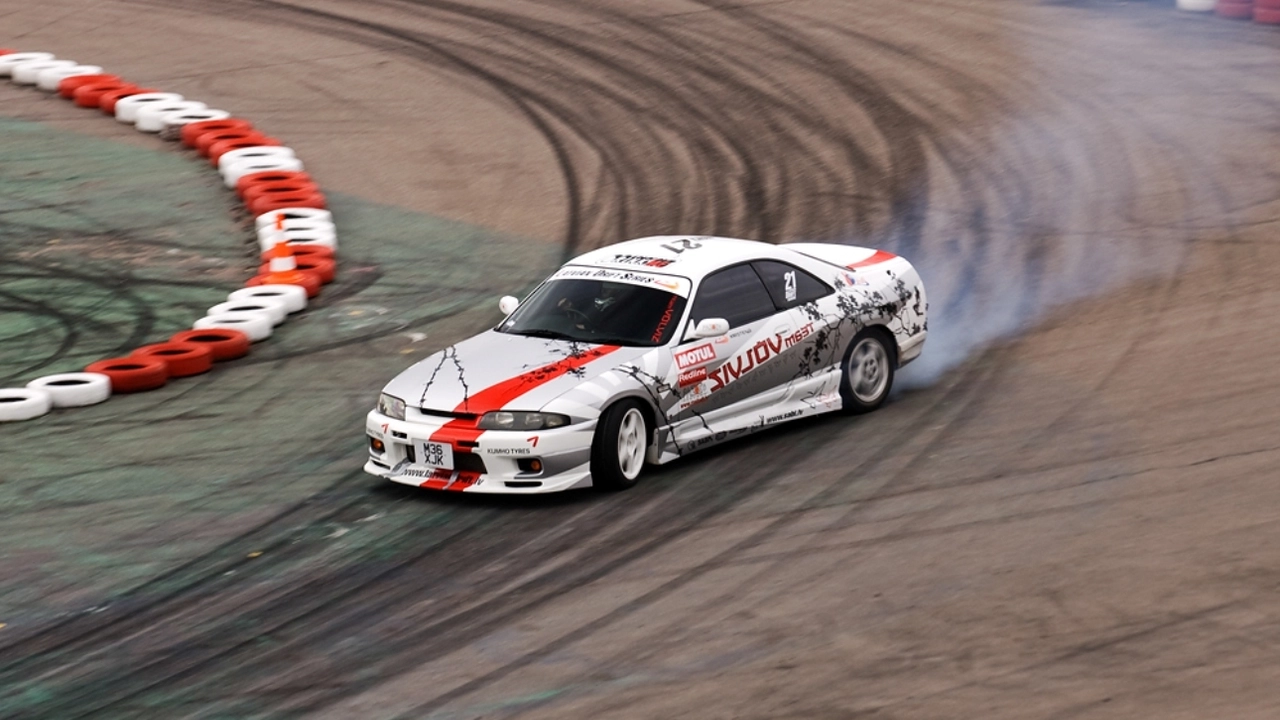Racing Dynamics: The Core of Motorsport Performance
Did you know a 2 psi change in tyre pressure can shave off a few tenths of a second on a fast circuit? That tiny tweak is a perfect example of how racing dynamics blend physics with split‑second decisions. Understanding these forces helps drivers, engineers, and fans see why a car feels fast or sluggish on any given lap.
Key Elements of Racing Dynamics
First up is aerodynamic grip. Wings, diffusers and body shaping push the car down onto the track, letting the tyres bite harder. Too much downforce slows straight‑line speed, too little lets the car slide off the racing line. Engineers tune the balance for each circuit, swapping wing angles or adding vortex generators.
Tyre construction and temperature are next. Soft compounds melt into the asphalt, delivering maximum grip, but they wear quickly. Hard compounds last longer but feel sluggish. Drivers monitor tyre temps with on‑board sensors, adjusting brake pressure and steering inputs to keep the rubber in its optimal window.
Suspension geometry decides how the car reacts to bumps and cornering forces. Camber, toe and ride height dictate tyre contact patches. A well‑set suspension lets the car stay stable when entering a high‑speed curve, while a mis‑aligned setup can cause understeer or oversteer, costing precious seconds.
Weight distribution and ballast placement affect handling too. Moving a kilogram from the front to the rear can shift the car’s balance, making it more eager to turn or more stable under braking. Teams shift ballast after each session to fine‑tune the car for changing track conditions.
Driver inputs—steering, throttle, brake modulation—are the final piece. Modern drivers use data‑rich steering wheels to adjust engine maps, brake bias and differential settings on the fly. The more consistent the input, the more the car can exploit its mechanical grip.
Putting Theory into Practice
On race day, strategy ties all these elements together. A pit stop is not just about refuelling; it’s an opportunity to change tyre compounds, tweak wing angles and reset suspension settings. Teams use simulation tools to predict how a fresh set of tyres will behave in cooler evening temperatures versus a hot midday run.
Weather adds another layer. A sudden rain shower can turn a high‑downforce setup into a liability, as water reduces tyre grip dramatically. Drivers may switch to intermediate or full‑wet tyres, but they also need to adjust braking distances and cornering speeds to stay on the racing line.
Finally, track evolution matters. As more cars lay rubber on the surface, grip improves, letting drivers push later in the session. Engineers watch lap‑time trends and may bring out a slightly higher rear wing setting to harvest the extra grip without sacrificing top speed.
All these factors—airflow, rubber, suspension, weight, driver skill and strategy—interact in real time. Mastering racing dynamics means listening to the car, watching the data and staying one step ahead of the competition. Whether you’re a weekend track day enthusiast or a seasoned pro, the same principles apply: small changes add up, and the fastest lap is a product of countless tiny decisions.

What would an auto race with no vehicle restrictions look like?
Imagine the most bonkers, pedal-to-the-metal, gear-grinding spectacle of speed you've ever seen. That's what an auto race with no vehicle restrictions would look like! It'd be a chaotic cavalcade of cars, trucks, bikes, and maybe even unicycles - who knows? The sky's the limit! One moment, you might witness a rocket-powered go-kart zipping past a monster truck, the next, a souped-up tractor leaving a Ferrari in its dust. It would be utter madness, but hey, that's what makes it so thrilling! Buckle up, folks! It's gonna be a wild ride!
Read More